You are here
Tue, 2012-06-19 20:45 — mdmcdonald
This working group is focused on discussions about assessing resilience in the U.S.
The mission of this working group is to focus on discussions about assessing resilience in the U.S.
Add Content to this group
Members
| bevcorwin | John Girard | Kathy Gilbeaux | Maeryn Obley | mdmcdonald | scottt@stetsone... |
Email address for group
assessing-u-s-resilience@m.resiliencesystem.org



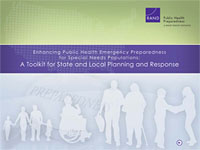
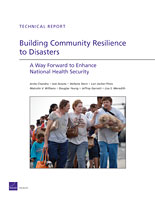
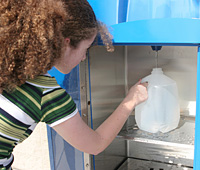 rand.org - by Lori Uscher-Pines, Anita Chandra, Joie Acosta, Arthur L. Kellermann - June 29, 2012
rand.org - by Lori Uscher-Pines, Anita Chandra, Joie Acosta, Arthur L. Kellermann - June 29, 2012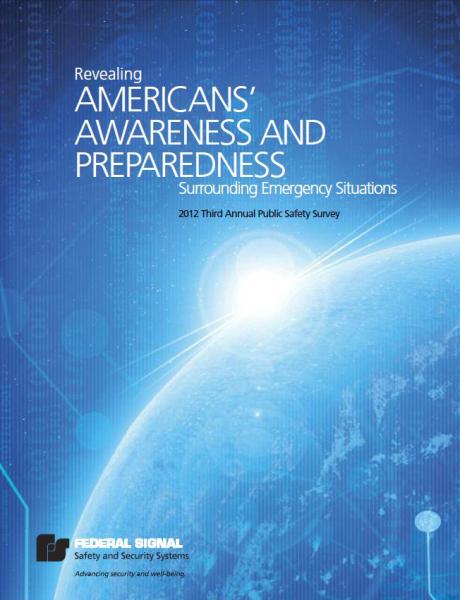 submitted by Ben Sheppard
submitted by Ben Sheppard
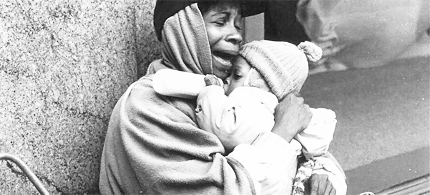
Recent Comments